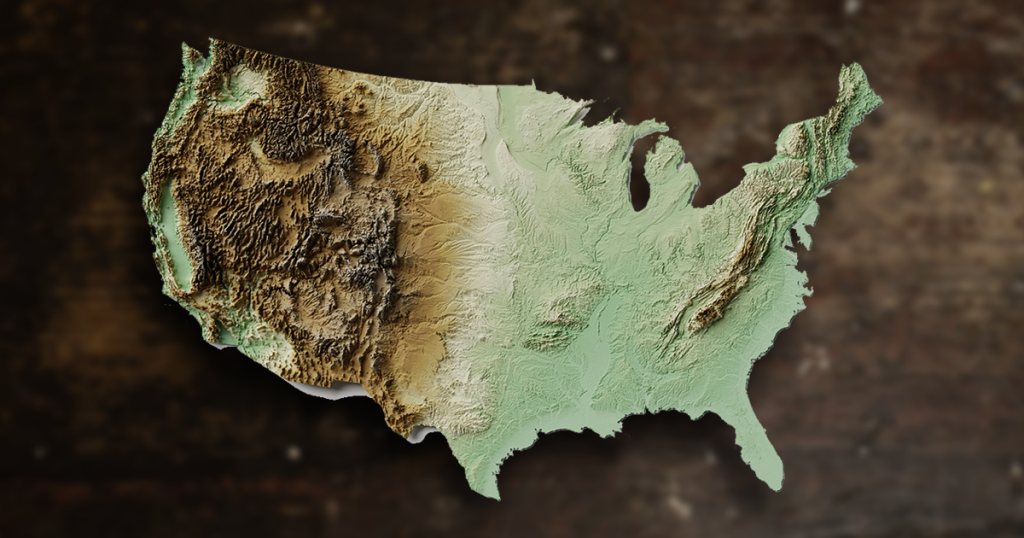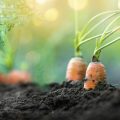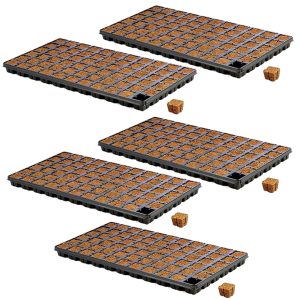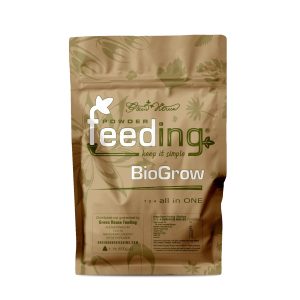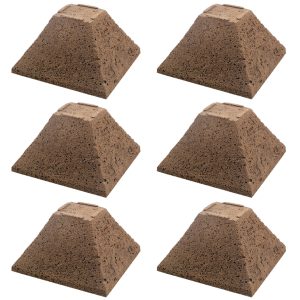If you’re a gardener or grower you have probably had experience with various fluctuations in the successes of your crops. For most growers, the ultimate goal is maximize your harvest – especially if they are crops you plan on selling. Finding the right formula can seem a little complex in regards to getting the most out of your plants, but it doesn’t have to be. There are lots of variables in play when you’re working with plants, and perhaps one of the most important factors to consider is knowing your growing zone.
What is a Growing Zone
A growing zone is basically an area on the map that defines data like environment and temperatures to provide information on growing seasons in order for you to plant and harvest when conditions are most suitable. These zones are typically portrayed as maps to provide a visual representation of growing conditions in the area that you live and are extremely beneficial for growers and gardeners alike.
These are the two maps we recommend checking out:
United States Department of Agriculture (USDA) Plant Hardiness Zone Map
The USDA Plant Hardiness Zone Map shows you the 26 different growing zones that they identify across the United States. This map is based on the average annual minimum winter temperature for different areas. Type in your zip code within the map’s search tab to find the exact zone for your area.
American Horticultural Society (AHS) Plant Heat Zone Map
The AHS Plant Heat Zone Map is broken up into 12 zones that are determined by the average number of days per year above 86 degrees Fahrenheit (30 degrees Celsius). This map was developed by National Weather Service (NWS) data of the recorded daily-high temperatures between the years 1974 and 1995, so these zones may very well change in the future.
Together, these maps will help you determine a planting schedule and provide a knowledge of how plants will survive the hot days of summer and the frigid days of winter.
Grow Zones Where You Live
It is important to remember that many different factors are accounted for in providing an accurate assessment of your local growing zone. Although country-wide maps can give you a generalization of your state’s growing zone – this information will not be precise if you are a technical grower. In fact, many states include multiple growing zones. Aside from longitude and latitude, geographical variables such as mountains, large bodies of water, and lower elevation play a large role in determining grow zones. A quick internet search for growing zones in your state will provide you with a more accurate representation of growing conditions in your neighborhood.
Smart Growing
Gardeners and growers know that plants require a lot of work, but if taken well care of, will provide a bountiful harvest. Understanding your grow zones and how they will affect your plants can save you a lot of time (and money) in the future. If you want to go even more in depth, you can even start learning the individual growing habits of the plants you are working with. Sunlight, water, growing mediums, nutrients, etc. can all affect plants differently. Using the right products for starting and strengthening makes a huge difference in the growth process. Browse and learn more about the products we trust and recommend for growers here.
Follow us for more gardening tips and follow our social platforms to share your ideas and successes with our growing community!
